Poisonous Plants You Need to Know About
My 5-year-old can identify poison ivy. This isn’t a braggadocios statement. It is his understanding of this plant that has brought to my attention how many people are ignorant of this knowledge. There are often false accusations to plants that look similar or vine as poison ivy does.
Of course, this observation led me to a terrifying thought. There are things like poison ivy, oak and sumac out there that will give you a nasty, itchy rash. Eventually, it will go away and you will be scarred by the experience as we all have been. Yet, for some reason, we don’t seek out more information on just what we are dealing with.
Then I started to think of things like poison hemlock and aconite. These powerful plants are both deceptive and can be fatal. With more people heading into the woods than ever before I thought it necessary that we discuss some of the most poisonous plants out there. As we begin to go over these you will come to understand just how important it is to know what you are walking through.
The camping forager must pay special attention to this article. There are plants under the dirt and out on top that can be deadly at very small doses. These plants can also be highly deceptive.
Poison Ivy/Poison Oak
I often hear people debating the difference between poison ivy and poison oak. I used to rack my own brain out on the trail when attempting to identify them. In the spring when each plant is emerging from the ground it’s nearly impossible to tell them apart.
After several trips with just this intention, I came to the realization that it’s a pointless skill. Telling these two apart from one another is like knowing the difference between uranium and plutonium. They will both give you radiation sickness and kill you! Just as both plants, which are nearly indiscernible, will give you that terrible rash.
The better approach is to understand the danger of a vining plant and those three terrifying leaves. When it comes to these vining “leaves of three” you will notice some distinct characteristics:
The vine is a mean and clingy type with little feelers that dig into the tree.
The leaves may be lobed or toothed but when there are three of them you should be concerned.
Both varieties have berries and will appear in mid to late spring. This is an easy tell when you are dealing with very mature plants. Sometimes the leaves can get so big they look like tree leaves!
Look for these tells and don’t worry about oak or ivy just know that you better stay away!
Poison Sumac
This plant can be deceiving because it has cousins that are not poisonous. Poison sumac will leave you with a serious rash just like the ivy or oak. The issue is that it looks nothing like the other two. It doesn’t even vine. It’s a standalone plant that gets big on its own. They can be as big as 30 feet when fully grown. Therefore, they are easily mistaken.
When comparing sumacs look for the following:
- Poison leaves have nice smooth edges while smooth sumac will be a bit saw-toothed
- The stems of poison sumac are nice and smooth while smooth sumac will be slightly furry.
The picture on top is smooth sumac and the one on the bottom is poison sumac. Notice the difference in stems and the leaves. Sumac spreads well so if you happen upon some pay attention as their will most likely be more.
Poison Hemlock
This is a most deceptive look alike of the wild carrot. To the beginning forager, it could be hard to discern. Poison Hemlock was used by the Greeks to kill those condemned to execution. It was the same weed that killed the great thinker Socrates. He was killed for corrupting the young men of Athens with his radical thinking.
Poison hemlock even features a small white carrot shaped root that could be confused with a wild carrot. Even the tops are similar.
Look at the tops of wild carrot. See how they are one bunch of flowers and one stem.
Now, look at the hemlock. They are branching stems that have similar collections of flowers.
Again, the beginning camper and forager may think they have found a field of pale carrots and put your entire party at risk. Get to know poison hemlock.
Stinging Nettles
These guys love to hang near water. Also known as “7-minute itch”, stinging nettles will give you a bubbling, burning and itching rash for about that time. They won’t impart the terrible effects of the poisons listed above but it’s no fun getting hit with some nettles.
The strange thing about them is once they hit boiling water the stinging properties go away. In fact, it’s considered a medicinal herb by many herbalists. If you cook it first it’s also pretty tasty. Still, in its raw form, it’s a tough time. If you choose to harvest it make sure you have nice thick gloves.
Aconite (Wolfsbane)
About the coolest named plant in the woods. It is also known as leopard’s bane, devils helmet, queen of all poisons. This is a seriously dangerous plant. It only takes between 20 – 40ml of a tincture to kill an average adult human.
When ingested this plant is most dangerous. It causes gastrointestinal problems first and can even affect the heart eventually as the toxin gets around the body.
Now, even though you might not make a habit of eating little violet flowers in the woods, even touching Wolfs Bane can have some severe effects. That is because the toxin is easily absorbed into the skin. The toxin will initially cause tingling at the site and will radiate up to the shoulder. It will eventually affect the heart from skin contact as well. Though this is not likely to kill you in small doses.
I think about the possibility of wading through a field of these pretty flowers and then your feet going numb!
Wild Mushrooms
Wild mushrooms may be the most life-threatening topic on this list. With the advent of various exotic mushrooms starring on menus all over the nation, more people are giving mushroom foraging a shot. Still, you better be with an expert or be an expert yourself. It’s not as simple as just identifying mushrooms.
Are you aware that age plays a role in safely harvesting wild mushrooms? Old puffball mushrooms can often have deadly mushrooms growing inside them. You must be able to recognize this.
There is also serious mimicking out there. You must be aware of things like the Verpa which resembles the morel mushroom almost exactly. A trained eye can find the difference but for many beginners, this will be a rough camping trip. Eating the Verpa will make you sick for a couple days. Let’s put it this way. You will be tired of digging cat holes in the backcountry.
Could you pick out this…
In a bunch of these?
The difference is the Verpa stem grows all the way into the head of the mushroom where the Morel stops at the head of the mushroom. It’s a very distinct difference once you know what you are looking for.
These poisonous plants can affect us in many ways. It doesn’t take much. If you wander into a mess of stinging nettles, if you forage a few leaves of the Aconite or if you feel daring and ingest some mushrooms you aren’t sure of, you will pay a price. And it could be a steep one at that.
Next, in our third installment of the Survival Camping Woodsman’s Course, we will be looking at trees. I will show you how to identify some of the most helpful trees in the woods.

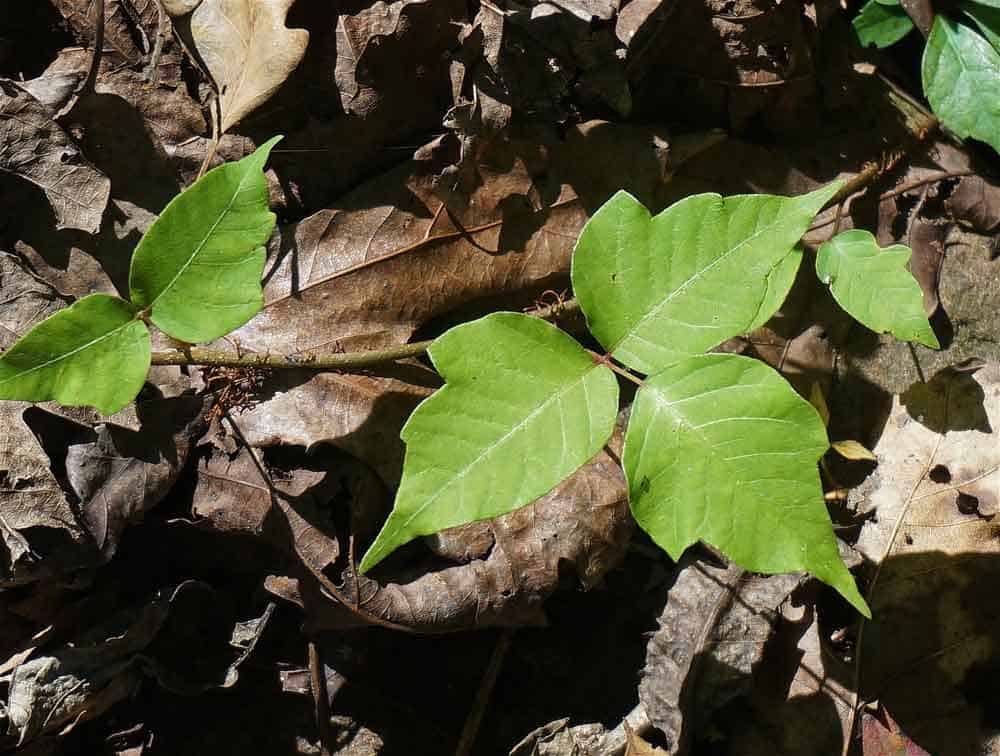
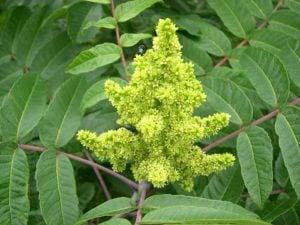
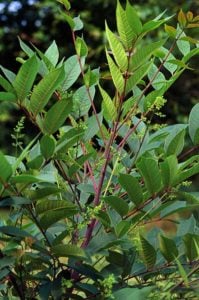
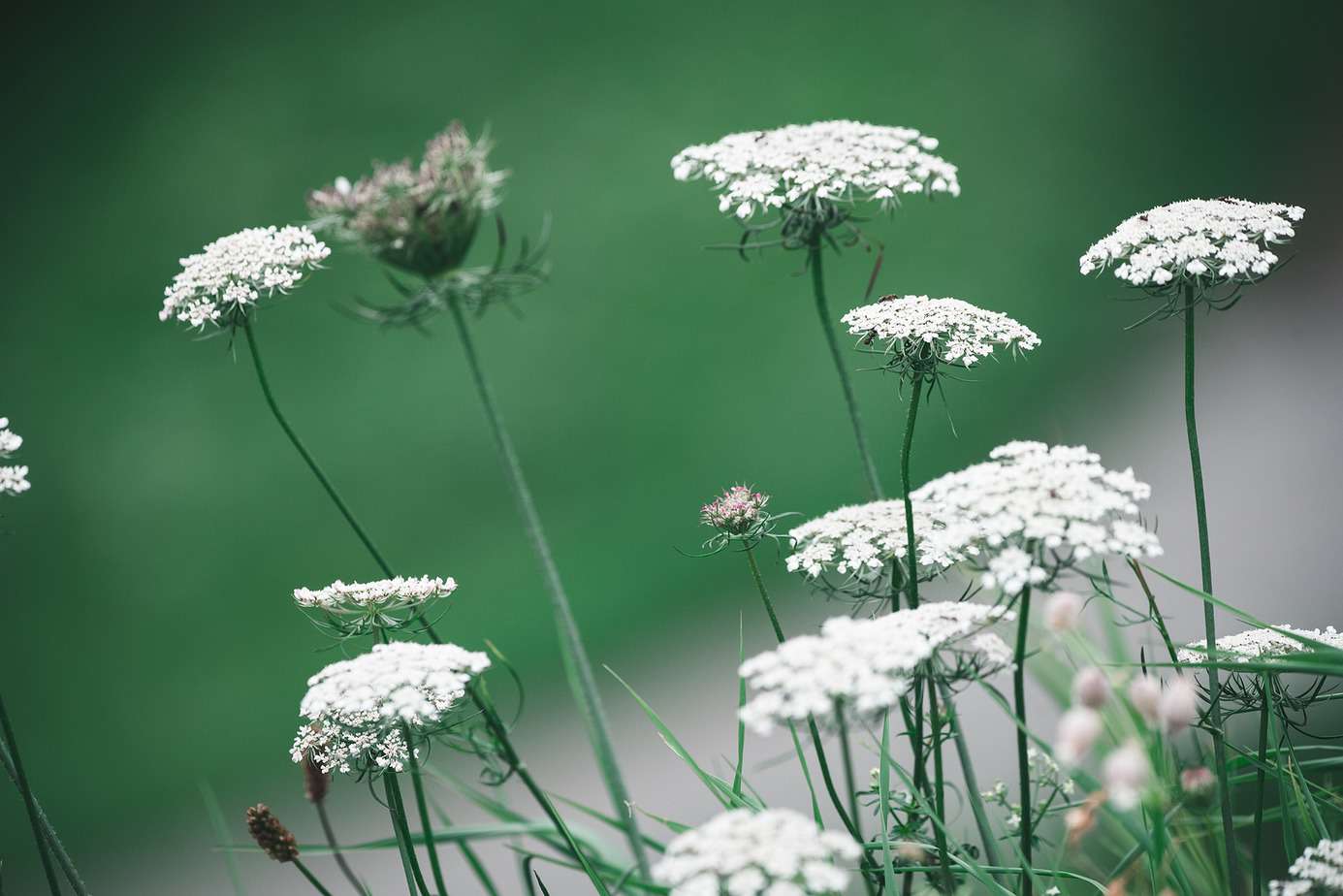



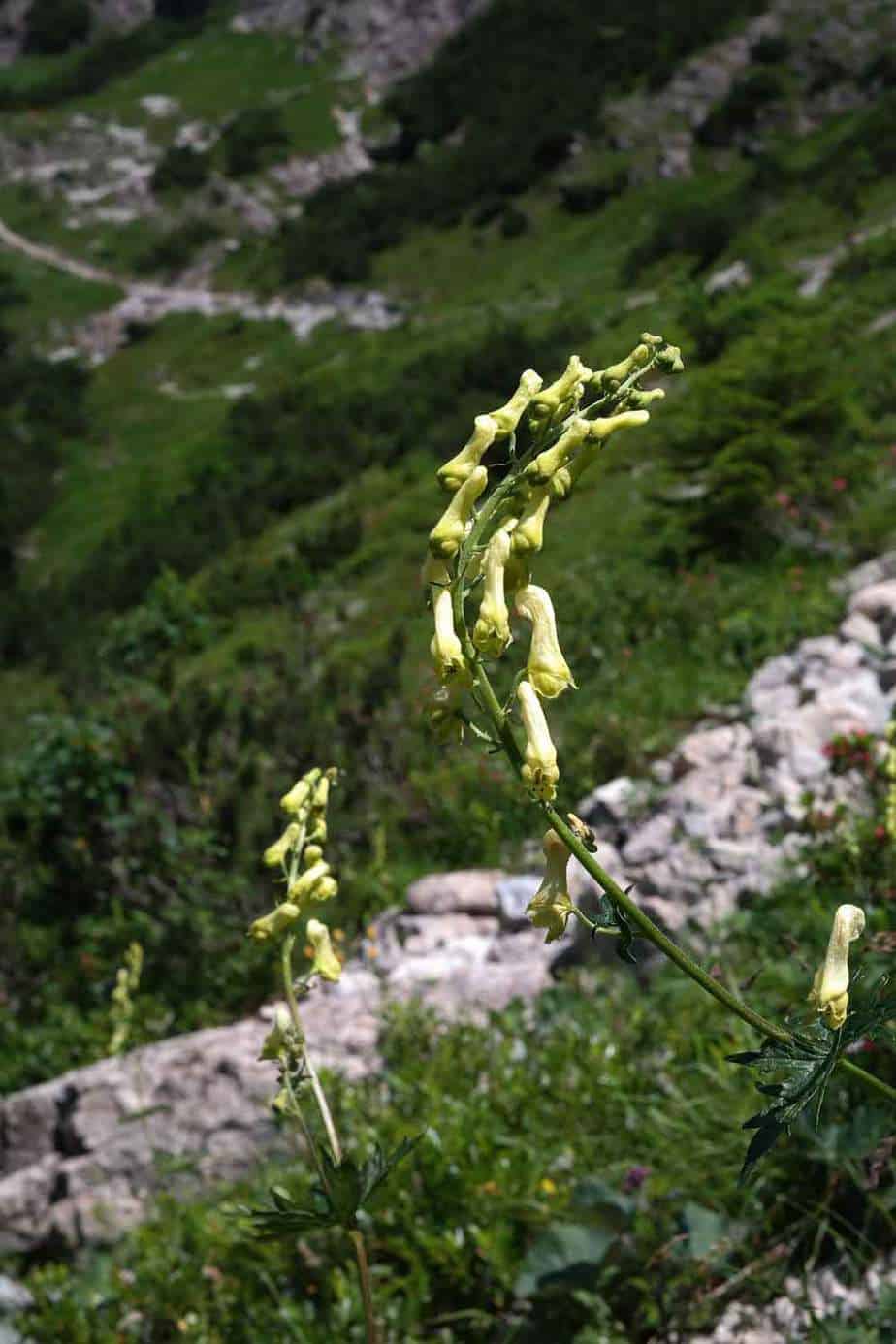

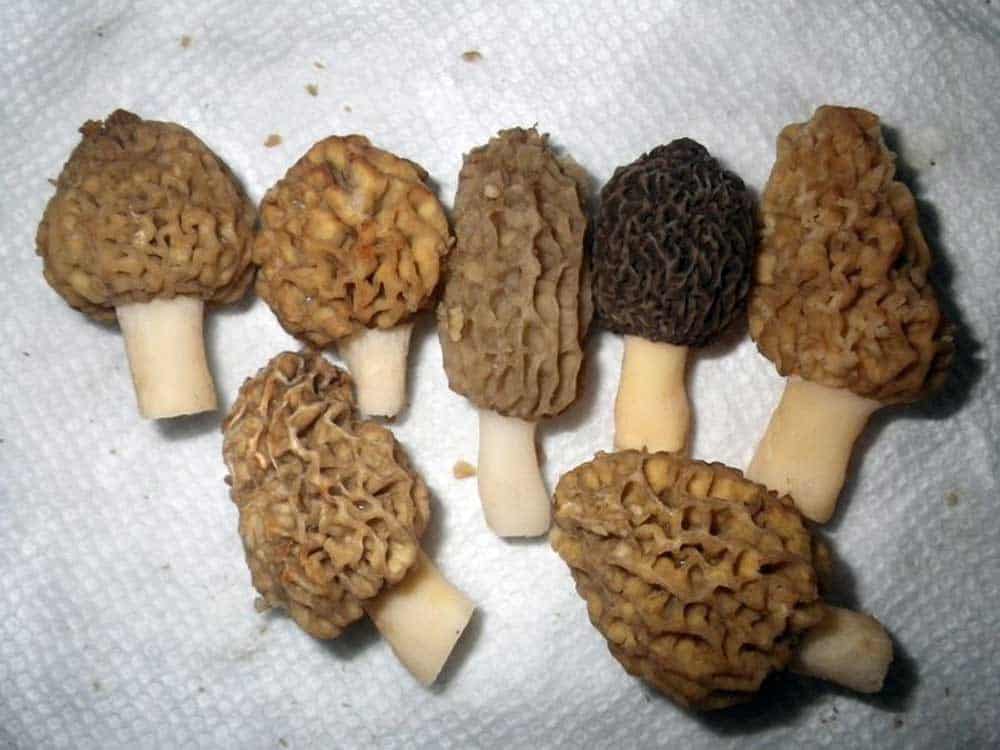
Comments
Post a Comment